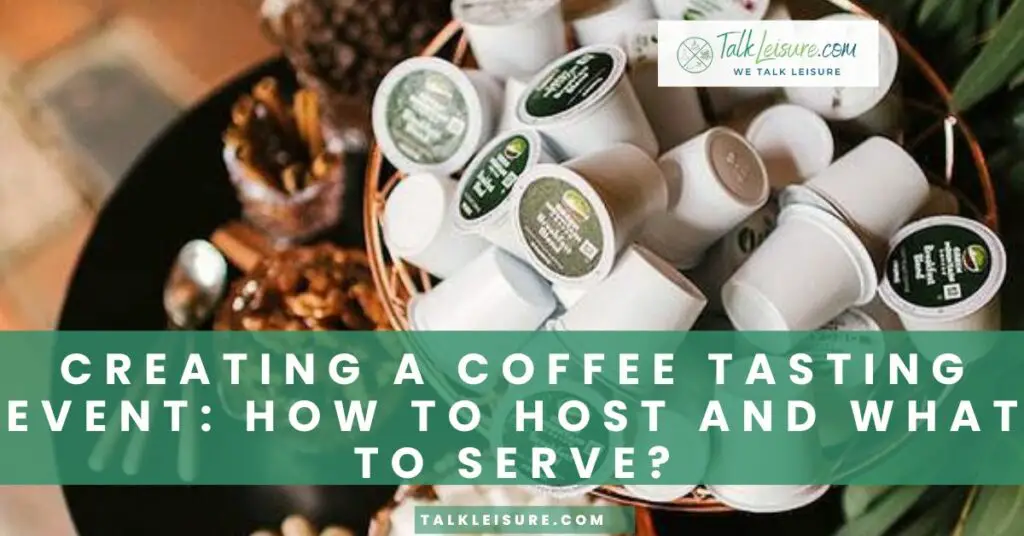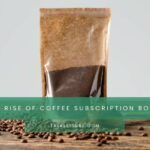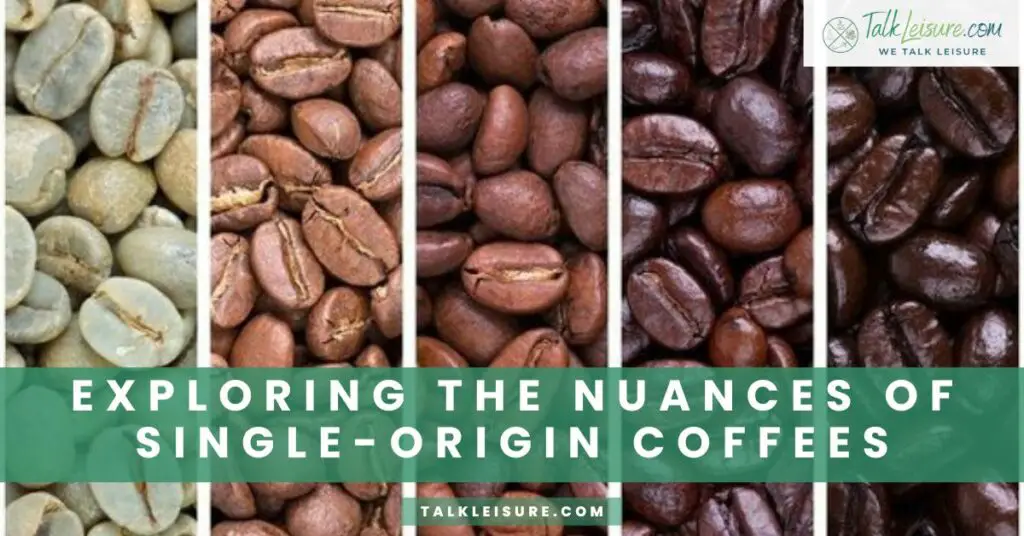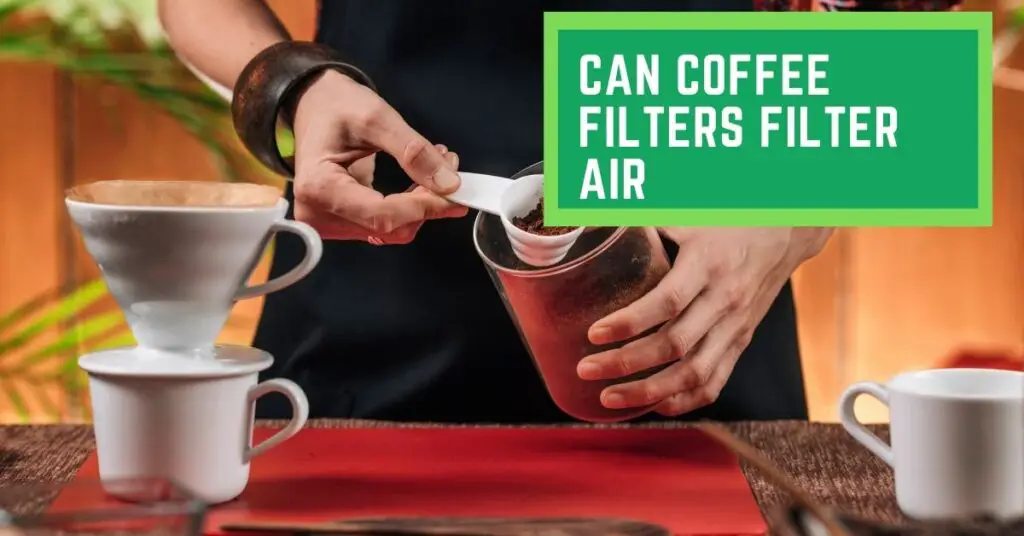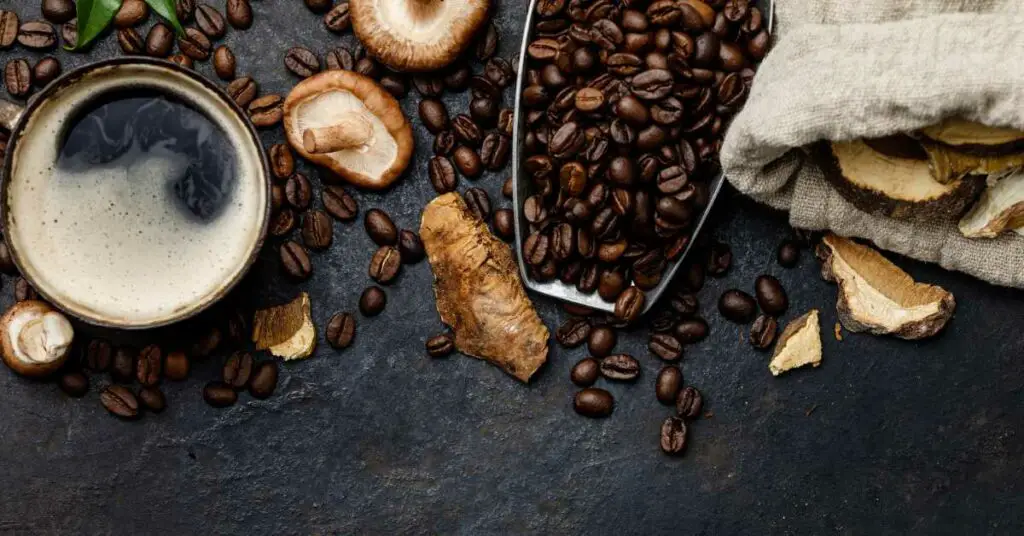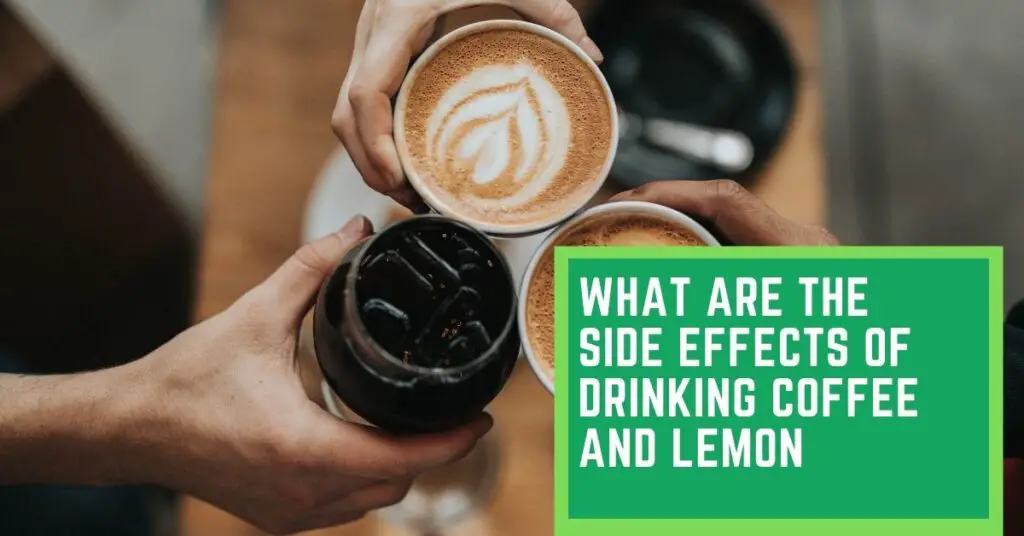Hosting a coffee tasting event is not only a great way to share your passion for coffee, but it also provides a unique experience for your customers.
If you’re looking to stand out in the crowded coffee market, organizing a coffee tasting event is an excellent way to do so.
In this blog post, we will explore why hosting a coffee tasting event is a great idea and the benefits it can bring to your business.
Hosting a Coffee Tasting for my DM. Tips?
Hosting a Coffee Tasting Event is a Great Idea
Hosting a coffee tasting event allows you to showcase your brand and connect with your customers on a deeper level.
It provides an opportunity for people to experience the unique flavors and aromas of your coffee firsthand.
It also allows you to educate your customers about different brewing methods, origin, and roasting techniques, helping them develop a deeper appreciation for coffee.
10 Tips for Hosting a Memorable Coffee Tasting Party
Benefits of Organizing a Coffee Tasting Event
Build Brand Loyalty: By hosting a coffee tasting event, you can create a memorable experience for your customers, making them more likely to become loyal supporters of your brand.
Generate Buzz: Coffee tasting events are a great way to generate buzz and attract new customers. Word-of-mouth marketing is powerful, and a successful tasting event can lead to increased visibility and customer engagement.
Education and Awareness: Hosting a coffee tasting event allows you to educate your customers about the different nuances and flavors of coffee. This helps raise awareness about your brand and can lead to increased sales and customer loyalty.
Networking Opportunities: Coffee tasting events bring together coffee enthusiasts, industry professionals, and potential business partners, creating valuable networking opportunities.
Customer Feedback: By engaging with your customers directly, you can gather valuable feedback on your coffee products, customer experience, and brand perception.
Planning the Event
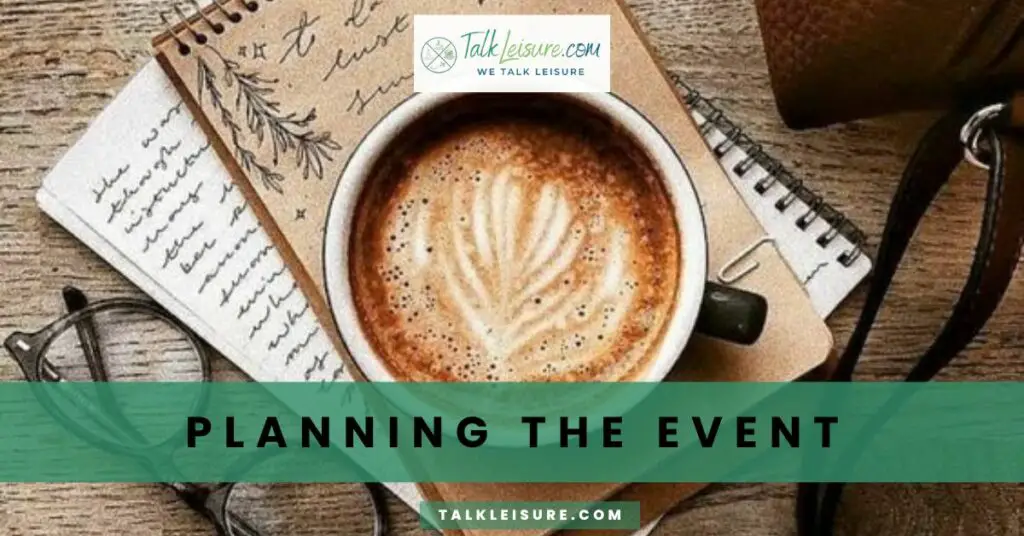
When planning a coffee tasting event, one of the first things to consider is the venue.
You want to choose a location that can comfortably accommodate your guests and provide a welcoming and relaxed atmosphere.
It could be a cozy coffee shop, a spacious hall, or even an outdoor garden if the weather permits.
Make sure the venue has the necessary amenities, such as tables, chairs, and audio-visual equipment if you plan to give presentations or demonstrations.
Setting a date and sending out invitations
Once you have secured the venue, it’s time to set a date for your coffee tasting event.
Consider picking a day and time when your target audience is most likely to be available, such as weekends or evenings.
Avoid major holidays or conflicting events that might limit attendance.
After determining the date, you can start sending out invitations.
You can use email marketing, social media, or even traditional paper invitations to reach out to your customers and coffee enthusiasts.
Make sure to include all the necessary event details, such as the date, time, venue, and RSVP instructions.
Selecting the Coffees
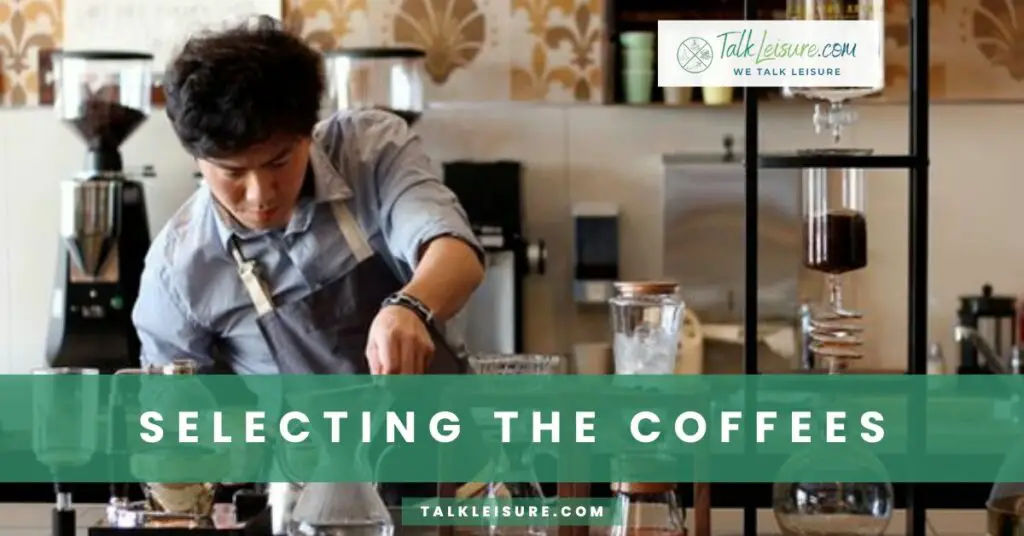
When hosting a coffee tasting event, the selection of coffee beans plays a crucial role in creating a memorable experience for your guests.
Single-origin beans: These beans come from a specific geographic region and highlight the unique flavors and characteristics of that area. They are perfect for showcasing the diversity of coffee flavors from different parts of the world.
Blended beans: Blended beans offer a harmonious combination of various coffee flavors. You can choose to include blends that are known for their balance, smoothness, or boldness, depending on the preferences of your guests.
Specialty beans: Specialty coffee beans are known for their exceptional quality and distinctive flavors. They are often sourced from small-scale farms and undergo rigorous quality control. Including specialty beans in your tasting can elevate the experience for your guests.
Flavored beans: For those who enjoy a touch of flavor in their coffee, consider including flavored beans. These can range from classics like vanilla or caramel to more unique options like hazelnut or coconut. They add a fun and delicious twist to the tasting.
Preparing the Tasting Station
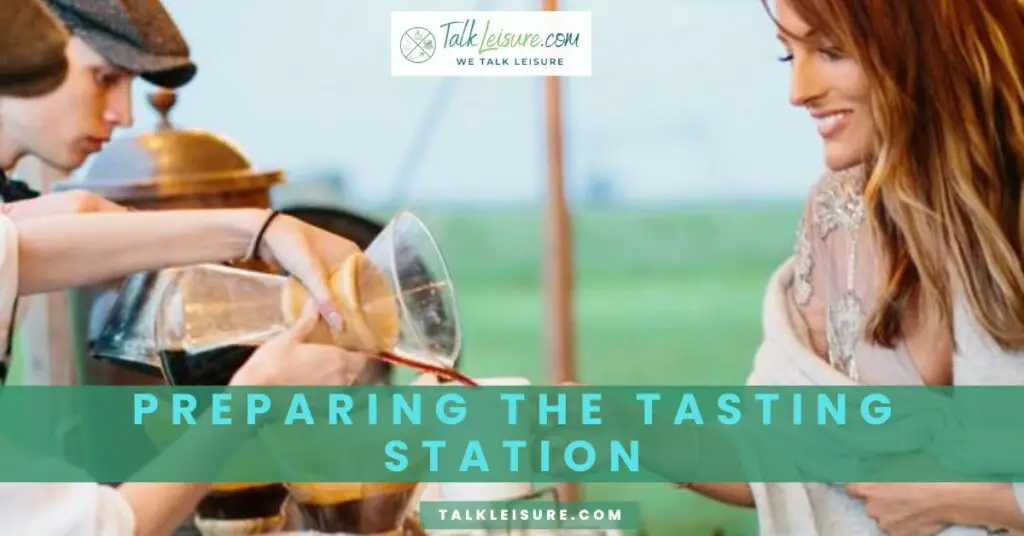
When hosting a coffee tasting event, it’s important to create a designated area specifically for the tasting station.
This area should be comfortable, well-lit, and spacious enough to accommodate all your guests.
Make sure to have enough tables and chairs for everyone to sit and enjoy their coffee.
In terms of equipment, you’ll need a few key items.
First and foremost, a high-quality coffee grinder is essential for ensuring that the coffee beans are ground to the right consistency.
You’ll also need a reliable coffee maker, such as a pour-over brewer or a French press, to brew the coffee. Don’t forget to have plenty of clean cups, spoons, and napkins available for your guests.
Arranging Coffee Brewing Methods and Accessories
To provide a unique and interactive experience for your guests, consider arranging different coffee brewing methods and accessories at the tasting station.
This allows your guests to witness the brewing process and enhances their overall coffee tasting experience.
Some popular brewing methods you can include are the Chemex, AeroPress, and espresso machines.
Each method offers a distinct flavor profile, allowing guests to sample a variety of coffee tastes. Additionally, have different filters, scales, timers, and thermometers on hand to ensure accuracy and consistency in brewing.
You can also provide different types of milk, such as whole, skim, almond, or oat milk, for guests to experiment with and customize their coffee.
Remember to offer a selection of sweeteners like sugar, honey, and flavored syrups as well.
Tasting Process
When hosting a coffee tasting event, it’s important to guide your participants through a proper tasting experience.
Start by explaining the steps they should follow to fully appreciate and evaluate the coffee.
First, instruct them to carefully smell the coffee to capture the aroma.
Encourage them to take note of any specific scents they detect, such as chocolate, fruit, or floral notes.
Next, have them take a small sip and let the coffee coat their entire palate.
Ask them to pay attention to the flavors they taste, the acidity, and the body of the coffee.
Remind them to consider the overall balance and intensity of the flavors.
Finally, encourage them to describe the aftertaste and mouthfeel of the coffee. Does it linger on the palate pleasantly?
Does it feel light or heavy in the mouth?
Tasting Cups and Rating Sheets for Participants
To enhance the coffee tasting experience, provide participants with tasting cups and rating sheets.
Use small porcelain or glass cups that allow participants to appreciate the coffee’s color and clarity.
These cups also help to concentrate the aromas, enhancing the sensory experience.
Rating sheets can be a simple grid where participants can rate the coffee on various criteria, such as aroma, flavor, acidity, body, and overall impression.
This guides them in evaluating the coffee objectively and provides a framework for discussions.
Pairing Coffee with Food
When hosting a coffee tasting event, it’s important to consider the food that accompanies the coffee.
The right pairing can enhance the flavors and create a memorable experience.
Chocolate: Dark chocolate is a classic pairing with coffee. Its rich and slightly bitter taste complements the robust flavors of coffee. Consider serving a variety of chocolates with different percentages of cacao to cater to different taste preferences.
Pastries: Delicate pastries such as croissants, scones, or danishes can be a great option. The buttery and flaky texture of these treats pairs well with the bold flavors of coffee.
Nuts: Roasted nuts like almonds, hazelnuts, or cashews can provide a crunchy and savory element to the coffee tasting. Their natural oils and earthy flavors complement the aromatic notes of coffee.
Fruits: Fresh fruits like berries, apples, or oranges can provide a refreshing contrast to the strong flavors of coffee. Their natural sweetness and acidity can help cleanse the palate between sips.
Cheese: Consider serving a selection of cheeses like brie, gouda, or cheddar. The creamy and tangy profiles of cheese can enhance the complexity of the coffee and create interesting flavor combinations.
Presenting Information
When it comes to hosting a coffee tasting event, I always strive to create a memorable and educational experience for my guests.
One way to achieve this is by sharing interesting facts and stories about the coffee beans being tasted. Here are some tips on how to host a successful coffee tasting event and what to serve:
Set the stage: Create an inviting and comfortable setting for your guests. Arrange a designated tasting area with different brewing methods and enough space for everyone to gather and mingle.
Provide a variety of coffees: Select a range of coffee beans from different regions and with various flavor profiles. This allows your guests to explore and compare the unique characteristics of each coffee.
Educate and engage: Before diving into the tasting, share interesting facts and stories about the origin, harvesting process, and roasting techniques of the coffee beans. This helps create a connection between the guests and the coffee they are about to enjoy.
Serve coffee in small portions: To fully appreciate the flavors, serve the coffee in small cups or glasses. This allows your guests to focus on the taste and aroma of each coffee without overwhelming their palates.
Pair with complementary snacks: Enhance the tasting experience by offering complementary snacks or desserts. Consider options such as dark chocolate, delicate pastries, roasted nuts, fresh fruits, and a selection of cheeses. These pairings can further enhance the flavors and provide a delightful culinary journey.
Remember, hosting a coffee tasting event is all about sharing your passion for coffee and creating a memorable experience for your guests.
By presenting interesting facts and stories about the coffee beans and serving complementary snacks, you can elevate the event and leave a lasting impression on your attendees.
So go ahead, brew some delicious coffee, and enjoy the journey of exploring flavors and stories behind each cup.
When it comes to hosting a coffee tasting event, I always strive to create an engaging and interactive experience for my participants.
The key to a successful event is to encourage active participation and discussion during the tasting.
Here are Some Tips on How to Do Just That:
Set the stage: Create an inviting and comfortable atmosphere for your participants. Arrange a designated tasting area with different brewing methods and enough space for everyone to gather and mingle. This will encourage participants to interact with each other and share their thoughts and opinions.
Provide guidance: As the host, it’s important to provide guidance and information about the coffee being tasted. Share interesting facts and stories about the beans’ origin, processing methods, and flavor profiles. This will spark curiosity and encourage participants to ask questions and engage in discussion.
Foster a safe space: Make sure to create a safe and non-judgmental environment where participants feel comfortable expressing their thoughts and opinions. Encourage open and respectful dialogue, and remind participants that there are no right or wrong answers when it comes to personal taste preferences.
Use tasting sheets: Provide participants with tasting sheets that guide them through the sensory experience. Include prompts for evaluating the aroma, acidity, body, and flavor notes of each coffee. This will not only help participants better understand the nuances of the coffee but also provide a framework for discussion.
Facilitate group discussions: After each tasting, encourage participants to share their thoughts and perceptions about the coffee. Ask open-ended questions and facilitate group discussions to generate more interaction and exchange of ideas. This will create a dynamic and engaging atmosphere where participants can learn from each other’s perspectives.
Conclusion
Hosting a coffee tasting event can be a truly memorable and enriching experience for both you and your participants.
By following these tips and creating an engaging and interactive atmosphere, you can ensure a successful event that will leave a lasting impression.
Start by setting the stage and creating a comfortable and inviting atmosphere for everyone to gather and mingle.
Provide guidance on the coffee being tasted, sharing interesting facts to spark curiosity and encourage discussions.
Foster a safe and non-judgmental space where participants can freely express their thoughts and opinions.
Using tasting sheets can help guide participants through the sensory experience and provide a framework for discussion.
Lastly, facilitate group discussions to generate interaction and exchange of ideas.
By incorporating these elements, you can create a coffee tasting event that is not only educational but also highly engaging and enjoyable for all.
So go ahead, host your own coffee tasting event and let the conversations and connections brew!
Frequently Asked Questions
How do I plan a coffee tasting event?
Planning a coffee tasting event involves several steps. Start by selecting a venue that can accommodate your guests comfortably and provide the necessary equipment. Next, choose a variety of coffee beans from different regions or roasters to create a diverse tasting experience. Consider providing information about the coffee, such as origin, roast level, and flavor profile, to enhance the educational aspect of the event. Set up tasting stations with cups, spoons, and water for palate cleansing. Finally, create a schedule for the event, including time for introductions, tasting, and discussions.
Do I need to be a coffee expert to host a tasting event?
While having extensive knowledge about coffee can enhance the event, you don’t need to be a coffee expert to host a tasting. It’s more important to have a passion for coffee and a desire to create an enjoyable and educational experience for your guests. Do some research beforehand to learn about different coffee profiles and brewing methods. Consider inviting knowledgeable friends or industry professionals to share their expertise and insights during the event.
What types of coffee should I serve at a tasting?
It’s recommended to offer a variety of coffee beans to showcase different flavors and profiles. Include beans from different regions, such as Africa, Central America, and Asia, to provide a diverse tasting experience. You can also consider serving different roast levels, such as light, medium, and dark, to highlight the range of flavors that coffee can offer. In addition to whole bean coffee, provide options for different brewing methods, such as pour-over, French press, or espresso, to demonstrate how brewing techniques can affect the taste of the coffee.
How can I make the tasting event interactive and engaging?
To make the event interactive and engaging, encourage guests to actively participate in the tasting process. Provide tasting sheets or cards where they can write down their observations and thoughts about each coffee. Create opportunities for group discussions, where participants can share their opinions and learn from each other. Consider incorporating fun activities, such as blind tastings or coffee trivia games, to make the event more interactive. Remember to foster a welcoming and non-judgmental atmosphere, where participants feel comfortable asking questions and sharing their experiences.
What other elements can I include in a coffee tasting event?
In addition to the main tasting experience, you can consider incorporating other elements to enhance the event. For example, provide snacks or small bites that complement the flavors of the coffee. Offer a demonstration or workshop on brewing techniques, where participants can learn how to make the perfect cup of coffee at home. Consider inviting a coffee roaster or barista to give a presentation or live demonstration. Depending on the theme and audience of the event, you can also include elements such as live music, art displays, or themed decorations to create a memorable atmosphere.
Best Wishes!

